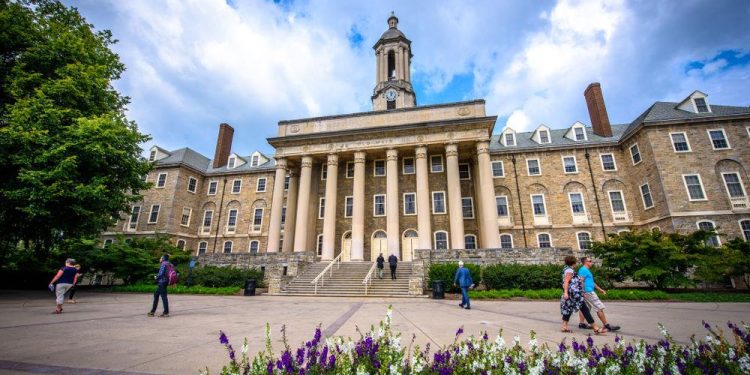By Anthony Hennen | The Center Square
(The Center Square) – While one of Pennsylvania’s higher education systems has undergone major changes, another could see a funding shift that emphasizes results over routine increases.
A new bill, HB2619, would award 3% to 10% of state funding for state-related universities based on graduation and retention rates, post-graduation employment and salaries, and other factors in an effort to create more accountability. The legislation would affect the University of Pittsburgh and Penn State, Temple, and Lincoln universities.
The amount of performance-based funding would be determined by an advisory council within the Pennsylvania Higher Education Assistance Agency.
Though the bill has yet to leave the education committee, it’s a sign of the changing relationship between the General Assembly and higher education.
“I think one thing that everyone in the General Assembly can agree with is how we’re doing is now is not working,” Rep. Jesse Topper, R-Bedford, the bill’s sponsor, said of funding.
“Pennsylvania has a tremendous amount of higher education options and yet we have less and less students that you’re recruiting for those options every year. We have a demographics issue,” Topper said. “But we also have, in my opinion, a dynamic issue. Schools just don’t change. We have a lot of schools that do the same thing … meanwhile, the price continues to go higher and higher and higher.”
The high cost of a college degree compared to a generation ago has more people, and their elected representatives, rethinking the status quo with colleges that receive state support.
“We understand the value that they’re offering to Pennsylvania students, but there are some accountability issues, quite frankly,” Topper said. “What is the return on investment to Pennsylvania (and) the taxpayers of Pennsylvania?”
The Pennsylvania State System of Higher Education underwent a major consolidation effort to make the commonwealth’s public universities more responsive to change, and Topper sees something similar for state-related universities.
The goal, Topper said, is to provide “performance-based funding incentives as opposed to just continuing to vote every year to give more money or to keep the money the same without any idea of what we’re getting in return.” With incentives, university leaders may feel more pressure to improve.
Performance-based funding in higher ed isn’t a new idea; 41 states have adopted a policy in some form, but the results have been mixed.
“Researchers found that performance-based funding typically yields modest or null effects on institutional outcomes and that the policies come with a host of unintended consequences, some which states have attempted to address,” journalist Emma Whitford wrote for Inside Higher Ed.
The unintended consequences tend to come in the form of colleges becoming more selective in student admissions or offering shorter programs due to a lesser risk of students dropping out. The minimal funding subjected to performance metrics, however, may mean that its effects in Pennsylvania will be muted.
“There’s changes coming to higher education and we’re trying to make sure that these changes are ones that make it sustainable for our kids to be able to go there,” Topper said. “But the old way of doing business is definitely over, no question about that.”



